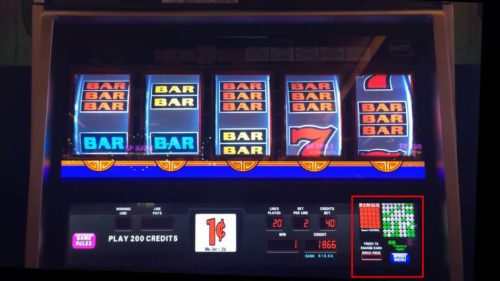
If you’re playing slots within a Native American Casino there exists a good chance that you’re actually playing on a Class II slot bingo machine. It seems like a typical slot machine and you play it much as as you would a real slot machine but it’s really a sophisticated electronic bingo device. Somewhere on the screen you’ll even see your bingo card and in many cases you are able to change the card once you feel like it.
Let’s take a closer look at Class II slot machines and observe how they’re different from the slot machines you’d play in a Las Vegas casino.
A Little Back Story
In the year 1988 the United States enacted the Indian Gaming Regulatory Act (IGRA), establishing the basic structure that was made to govern Native American gaming laws. The act established 3 classes of gaming:
Class I: traditional and social games for minimal prizes
Class II: games of chance based off the game of bingo
Class III: a catch-all sounding games that can’t be considered Class I or II, like slots, roulette, blackjack, etc.
Knowing the hurdles Native American casinos faced allowing Class III slots, gaming companies began developing Class II gaming machines: games that play like regular slots but are technically fancy versions of bingo.
Differences between Class II Games and Regular Slots
Standard (class III) slots incorporate random number generators (RNG) that produce many tens and thousands of random numbers every second. Whenever you spin the reels, the RNG immediately locks in the winning or losing values at that very moment. Then your slot assigns reel positions to elements of the random number and evaluates your win (if there is one). There’s a little more to the method but this is the basic idea.
To be legally considered a type II slot machine, the end result must be on the basis of the game of bingo. Software developers had to be creative to come up with class II games that would technically and legally adhere to the law. Different approaches were often taken. On some, like WMS and Multimedia Games, your machine’s “bingo card” remains constant and the drawn numbers change each time. On others (like VGT), you remain in exactly the same game while your card randomly changes with each spin.
How the game in implemented doesn’t particularly matter. What matters is that the game has the required elements necessary to be bingo: over 1 player (class II slots must certainty be networked together) and a couple of numbers drawn that must match a routine to result in a win that ends the game (a game-ending pattern).
The truth is Class II slots still count on RNG to generate the cards and drawn numbers. It doesn’t matter if the RNG is creating simulated bingo cards/numbers on a type II game or virtual reel positions on a type III slot – the answers are still random. Payouts are determined on regular slots by adjusting the reels and likelihood of landing on any position. Payouts on class II slots are defined by specifying the bingo patterns that must precisly be matched to the amount of numbers drawn.
Why Native American Casinos Prefer Class II
While many modern Native American casinos have a mixture of class II and III games, they often have a choice toward class II games. And if you see the mix of slots, the numbers typically skew heavily towards class II games. Why?
The IGRA granted tribes the power to self-regulate Class II gaming. Whereas tribes have to enter state compacts to supply class III games.
Another reason Native American casinos prefer class II games is that tribes don’t owe taxes on class II revenue like they do on class III games.
Licensed slots and all the fancy new, popular games aren’t obtainable in class II form, so Native American casinos keep a mix. Although most of the newer popular slots are being adapted to class II by IGT and others.
The Bottom Line on Class II Slots
Modern class II games will look, act, sound, and feel like typical class III, Vegas-style slots.
Class II games are often criticized due to their mysterious nature, leading some to believe they could be rigged. They’re networked together as a central server is actually determining the wins.
Class III slots go through rigorous third-party and government testing to ensure their randomness and resistance to rigging. Class II slots go through a few of the same tests, but the self-regulating nature and not enough transparency of Native American casinos have historically raised questions about their fairness.
Though their back-end operates differently, both class II and class III games still ultimately count on RNG. Casinos don’t need certainly to rig the machines because the games’math is in their favor. That’s not to imply their games’programmed payout percentage is going to be to your liking, but the idea of some casino worker selectively selecting who’s likely to win and lose on class II games isn’t likely.

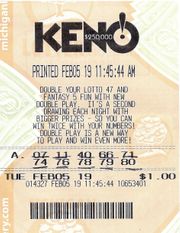
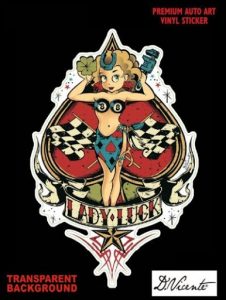 Luck can be illusive. We all know that.
Luck can be illusive. We all know that.
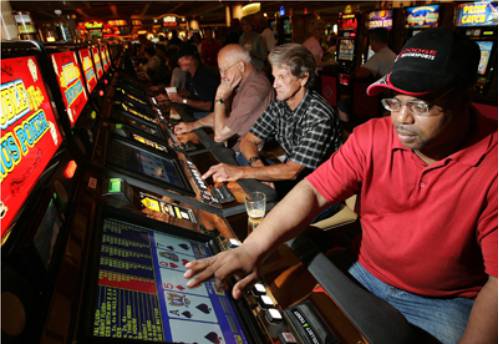

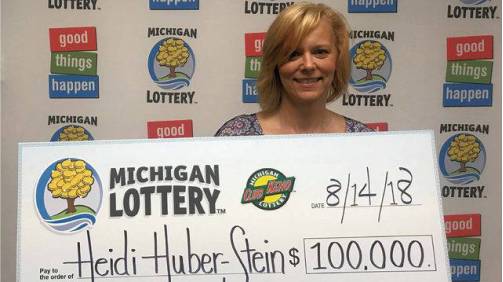 One excited lady from Lenawee County explained to reporters that winning the $100,000 jackpot playing Club Keno was quite a “surreal experience.”
One excited lady from Lenawee County explained to reporters that winning the $100,000 jackpot playing Club Keno was quite a “surreal experience.” By The Original “Mystic Gambler”
By The Original “Mystic Gambler”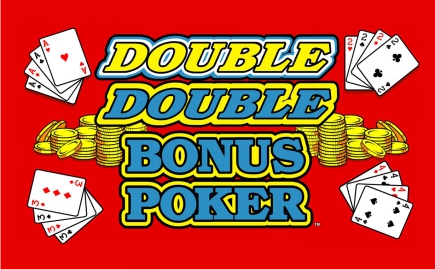 By The Mystic Gambler
By The Mystic Gambler By The Mystic Gambler
By The Mystic Gambler